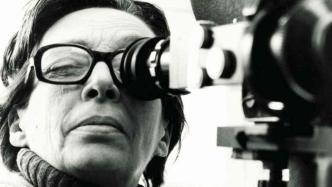
Marguerite Duras was born in 1914, and this year marks the 110th anniversary of her birth. She made films at a time when French films were undergoing a "dynasty change", especially the New Wave, which was unstoppable. As someone who lived through the legendary era, her statement is not an exaggeration: "The film industry has never been so dazzling and overwhelming as it was during the 15 years of transition from 1952 to 1968. Everyone was engaged in philosophy, and everyone wanted to make films."
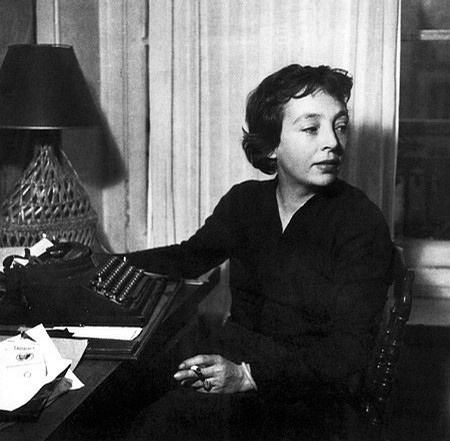
Duras writing. Image from: Marguerite Duras Media Library, Paris
As a novelist, Duras was successful in her time. To this day, almost everyone who likes French literature cannot ignore this person, her novels, and of course the films she has participated in. In Foucault's words, "Duras's works have a very strong presence."
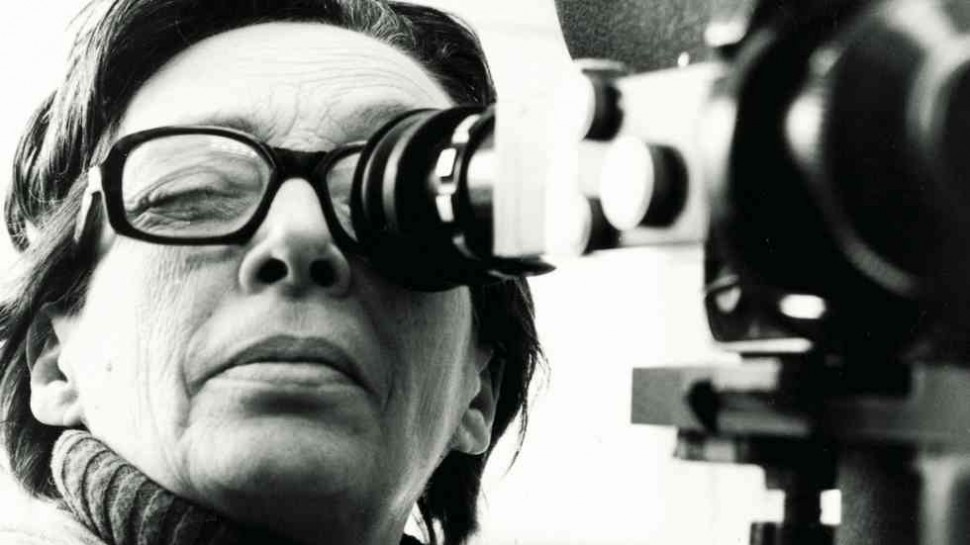
Duras being photographed. Image from: Marguerite Duras Media Library, Paris
At that time, Duras was just over 40 years old. She was well-known in the French novel circle and had avant-garde ideas, so she was very close to the new wave filmmakers, that is, the younger generation. Before directing her own films, she made a further step forward in her fame by writing the screenplay for the "new wave film" Hiroshima Mon Amour. She directed her first film in 1967.
"Hiroshima Mon Amour" was filmed in 1959 and is probably second only to "The Lover" (1992), starring Tony Leung Ka Fai, in terms of public awareness.
Duras's novel of the same name is almost a description of the film, without any expansion of the film's content. Conversely, the images do not seem to expand the depth of the text. In fact, Duras also wrote about the original intention of the creation in this book. She and the director agreed to create their own works without interfering with each other. Duras is a popular novelist, and Alain Resnais is a young director of the "Left Bank School" of the New Wave. Of course, it can also be said that in that era when filming was popular, the two of them took advantage of each other.
When talking about "Hiroshima Mon Amour" now, most viewers may have forgotten who the director is, and it has been completely labeled as "the novelist Duras".

Stills from Hiroshima Mon Amour
Of course, what I want to talk about most is the composition of that era reflected in Duras's writing. The so-called "love" story in the movie has not yet begun, but the narration has already begun with the historical pictures of the people of Hiroshima after World War II. The story takes place in Hiroshima, Japan. A French woman and a Japanese man have an affair, and the woman is going back to her country the next day. A man and a woman, each with a lover, develop a love affair against the backdrop of the atomic bomb explosion - does the director want to talk about a contrast between light and heavy, sex and injury? Most of the first part of the movie is news-style footage, and the war has brought trauma to people. If this continues, the audience will not be able to see what this special couple has to do with history. Until the French woman tells that she was not spared in her hometown. Her lover was a German soldier who died on the day World War II ended.
At 1 hour, 20 minutes and 25 seconds, they sat on chairs in a small station, and another narration sounded: "I have long forgotten Nevers. I really want to see you tonight. For several months, when my body was burning with the passion of memories, I have been burning you every night. When my body was burning with the flame of missing you, I hoped to see Nevers again... Tonight I will forget you, a cheap story, just like forgetting him, starting from your eyes, and then just like forgetting him, forgetting will plunder your voice, and then just like forgetting him, forgetting will swallow you up completely..."
I copied this long narration here in one go because it is very important for understanding the theme of trauma in the movie.
Interestingly, the nameless French woman only got a name near the end of the movie. "Your name is Nevers, Nevers from France," the man said to her, holding her shoulders. The name of the unknown man might be "Hiroshima". Their love is the relationship between two cities, the relationship between the East and the West, and the relationship between war and memory.
Another word closely related to trauma is "desire", a kind of desire induced by the aftermath of war - not in the sense we understand it now. The topic of "desire" can be started from Duras' novel "The Lover".
The novel "The Lover" is almost a variation of "Hiroshima Mon Amour", and the elements are extremely similar: desires that are not accepted by the world, inevitable separation, and the feeling of being a drifter in a foreign country.
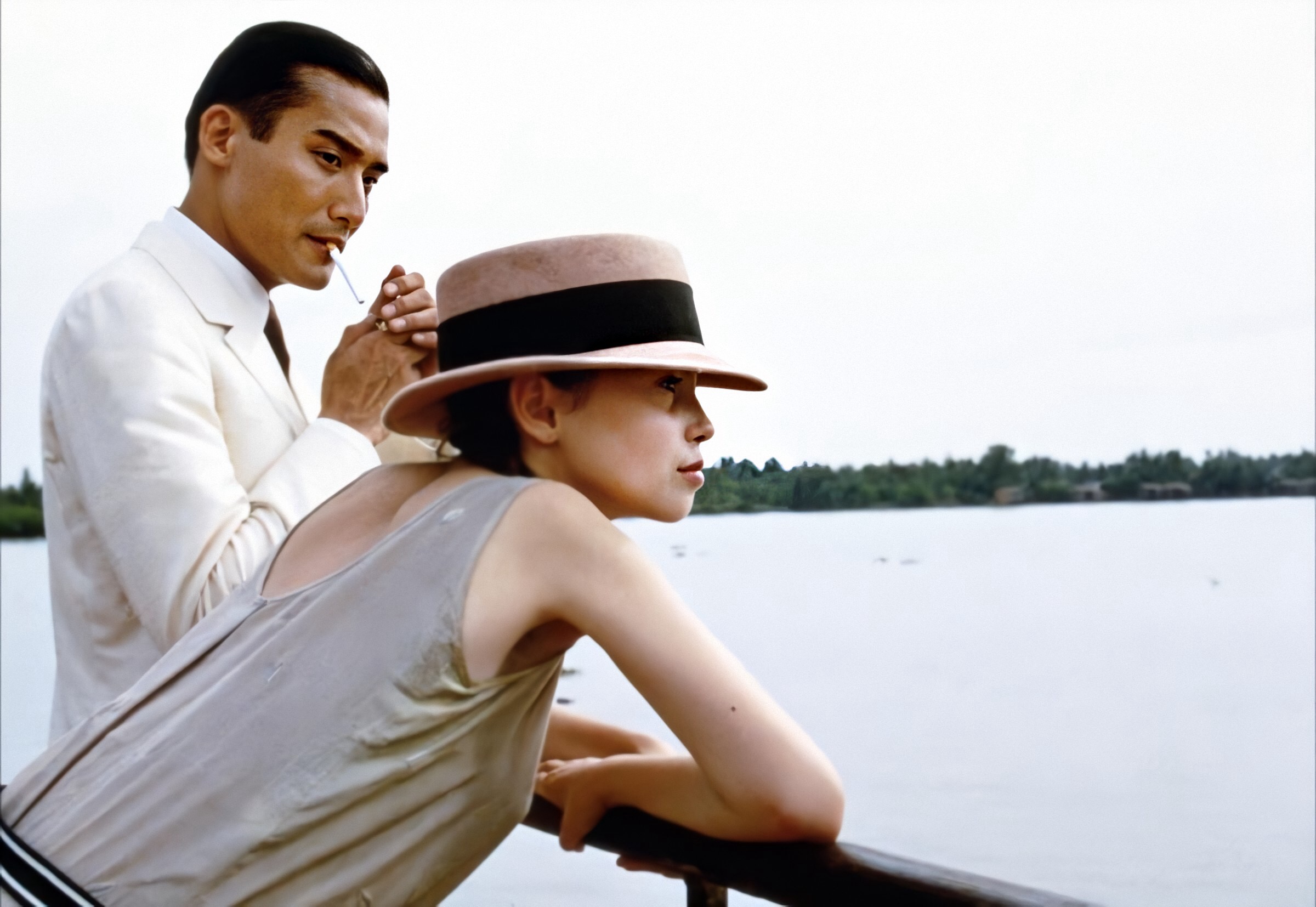
Stills from Lover
"New Wave films, as a way of expression for a new generation, are a representation of the cultural changes that France has undergone since the war and liberation, in the context of systematic industrialization." (Michel Celso, Eric Rohmer) Whether it was written by novelist Margaret Duras or shot by director Alain Resnais, it was difficult to avoid the nihilistic and melancholic mood that was unique to that era. And as creators, they all had the responsibility to record this mood of the times.
Therefore, we can see such expressions: "I can't see anything, I can't write anything, I can't say anything. Really, it is precisely because of my powerlessness that this movie was made." (This sentence is printed on the cover of the novel "Hiroshima Mon Amour")
This can be confirmed by another film written by Duras, "The Long Separation", which won the Palme d'Or at the 14th Cannes Film Festival.
"The Long Separation" also almost follows the core of "Hiroshima Mon Amour" in reflecting on forgetting and love. This time, it deals with the scene where a woman meets her husband who has been separated for many years. The man does not remember her, and what the woman does in the movie is to help him pursue his memory. I remember the last scene of the movie was that the man forgot everything, but the sequelae of the war remained in his muscle memory - the slogans shouted by pedestrians by chance made him subconsciously raise his hands in surrender in full view of the public... It can be seen that the filmmakers and writers of that generation were recording that period of time in their own way.
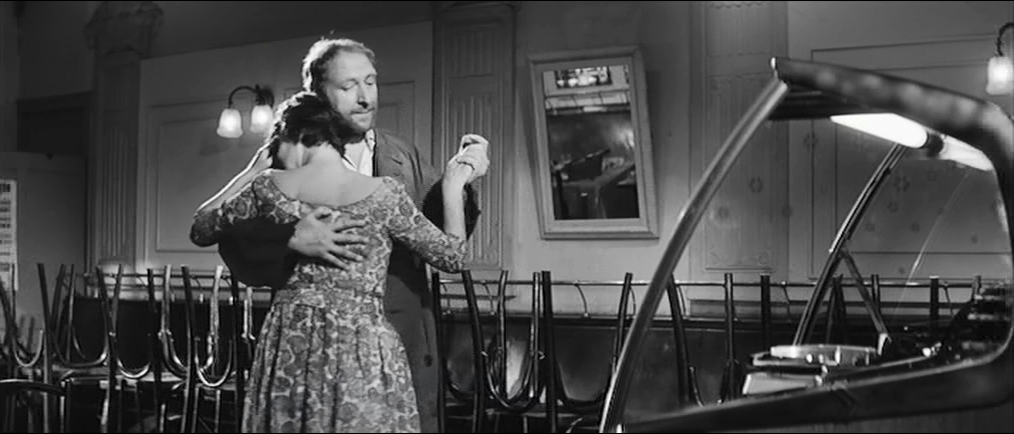
Stills from The Long Farewell
When we talk about the filmmaker Duras, the first thing that comes to mind may not be the films she made herself, but the films that are inseparable from her and that era. Of course, her novels are about the times, which became more popular after being made into movies by others, and these movies that she did not approve of as the originals also left a mark in the history of film. Although later generations habitually classify her as a "left banker" of the New Wave, I have always felt that the relationship between Duras and film is the relationship between a writer and film, and the times - which also fits the era of asking "who is the author".
She has a novel called "The Dam" written in 1950, which was made into a movie in 1958 and became a sensation - this was also the beginning of the "French New Wave Cinema". It was filmed again in 2008.
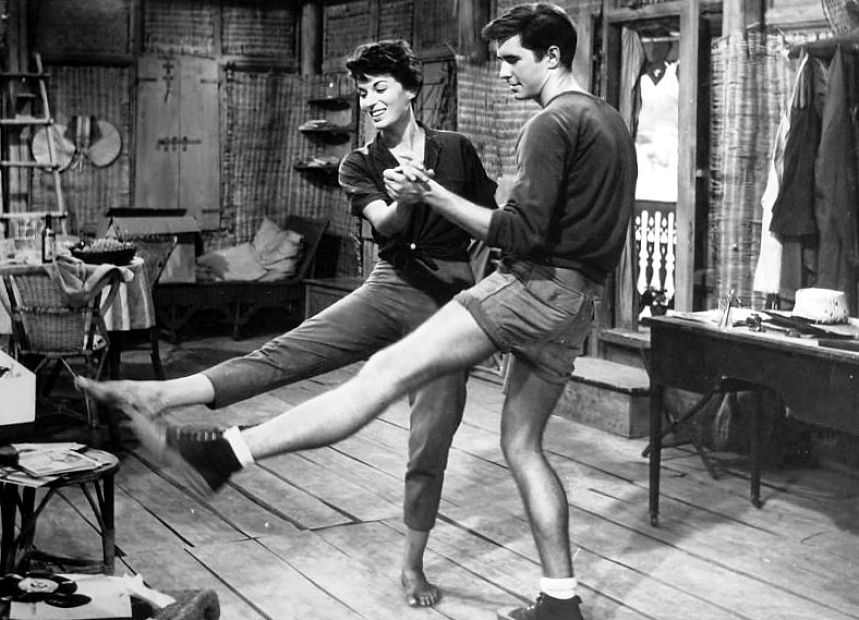
Still from "The Dam Against the Pacific" (1958)
What impressed me most was the heroine Susan in the novel who had not read many books but had watched many movies. Whenever she went to the city, she would stay in the hotel or go to the cinema. I think this girl's special feeling for the cinema may also be a characteristic of the times. Duras wrote: "This dark cinema in the afternoon is an oasis, a night for the lonely, an artificial night, a democratic night. The night of equality in the cinema is more real than the real night, more comforting and more joyful than all the whole nights... This night can make people forget all humiliation, abandon all despair, and wash away the dirt of adolescence for youth."
From this, Susan came to an interesting conclusion: "Men can only be met in the rich darkness of the cinema."
This girl represents a section of French girls at the time. If love can only be found in a dark movie theater, what is happening in the outside world?
Perhaps, it is precisely because movies are particularly popular among young people that Duras followed the trend and made movies the focus of the second half of the novel. Although Susan's family lives a miserable life, the movie - I like the description of "rich darkness" very much. In essence, it brings hope to the little girl, even if the hope will eventually fail.
The novelist Duras wrote about the theme of "Waiting for Godot". The dam was constantly washed away and then built up by this family. This is their life, repeating over and over again until the end. In the second half of the novel, Mr. No and Susan met again in the city and wanted to get entangled. When he heard that Susan was going to the cinema, he said: "Can't you not go today? Why do you always go to the movies? Watching too many movies is not good for you. It will give you a wrong view of life." The reason why Susan rejected Mr. No was precisely "for the wrong view."

Still from "The Dam Against the Pacific" (2008)
It can be said that here, in the novel, the movie represents a kind of understanding, an understanding of life. Why does Susan have this understanding? A more detailed explanation of this statement is "When you are with a stranger and face the same image, or you have desire for a stranger, the impossible becomes within reach, all obstacles are swept away, and everything becomes imaginary. At least in the cinema, you feel equal to the city, while on the street, the city is avoiding you, and people are also avoiding you" (novel "The Dam Against the Pacific").
Rather than Susan’s understanding, it’s better to say that this is Duras’s understanding. Whether in the movie or in the novel, this is what I care about most. I can only say that this is probably reaffirming the significance of film as a youth culture. To borrow a passage from The Dam Against the Pacific: “The theater and the screen suddenly merged into one, and every audience wanted to be in the scene.”
"The integration of cinema and screen" was the richest and most fashionable form of recording for the creators of that era - literature seemed too old compared to the movies of that era.
On the one hand, "being there" is the driving force behind the advancement of film technology, from high frame rate to 3D, from stereo to Dolby Atmos. On the other hand, it also implies a desire to actively participate in life.
I think watching movies is the most intuitive way to "fit into" an era. Watching is always the most direct way. As Stein, an American female writer who has lived in Paris since 1903, said in "On Picasso", "It is what the eyes see that creates this era. In other words, people have not changed much from one era to another, but the way they watch and are watched has changed..." These changes create the composition of an era.
Based on Stein's conclusion: "People do not change with the times, but the composition of the things around them." I feel that what Duras brings through movies and novels is almost the same thing, a sensitive reflection of the changes in lifestyle. For me, that is the silhouette of the times, different aspects, and complex voices.